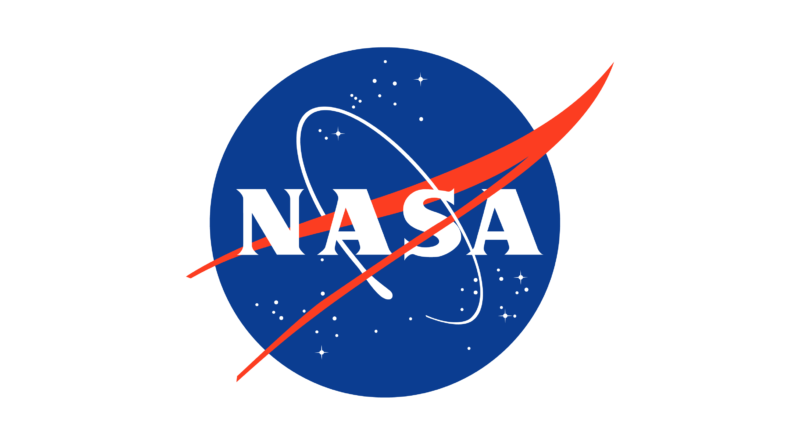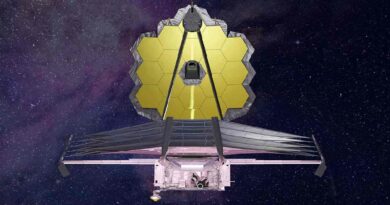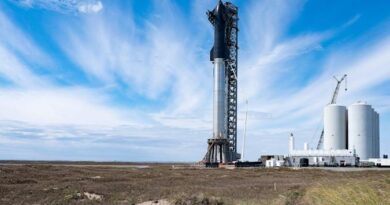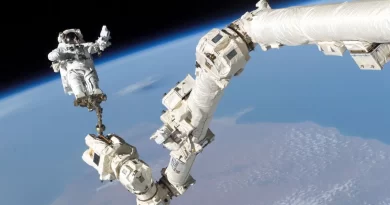NASA reveals more stunning images from James Webb telescope
NASA has unveiled the first batch of color images that the James Webb space telescope sent to Earth. NASA, the European space agency, the Canadian Space Agency and the Institute of Sciences of the Space Telescope have determined the initial objectives to show the capacities of the JWST. They include Carina’s nebula, Southern Ring, Smacs 0723, Wasp-96b and Stephan’s Quintet.
The first image revealed today was the nebula of the South Ring, which is around 2500 light years and was captured by the infrared camera near JWST (Nircam) and the infrared instrument in Mi-Infrarouge (Miri ). NASA says that the telescope could have observed the gas and dust of a dying star in “unprecedented details” – much more than what Hubble was able to capture in 1998. The image on the left was captured by Nircam.
The nebula of the South Soring captured by Nircam (left) of JWST (on the left) and Miri Instruments.Nasa, ESA, CSA and STSCIThe dying star in the center of the image dissipates gas and dust in all directions for thousands of years, says NASA. The observatory was able to show for the first time that it is masked with dust. The agency notes that JWST will help researchers develop a better understanding of these planetary nebulae, which are not planets but instead “gas and dust clouds expelled by dying stars”.
Then, a look at the quintet of Stephan, a group of galaxies in the constellation of Pegasus at around 290 million light years. Four of the five galaxies collide with each other by moving, “firing and stretching in a gravitational dance,” said NASA.At more than 150 million pixels, the image of Stephan’s quintet is the largest that JWST has captured to date (you can see it in detail on the NASA website). The visual was assembled from around 1,000 image files. The image covers an area of the sky equal to about a fifth of the diameter of the moon as seen from the earth.
The latest JWST image revealed today is also amazing. It represents the “cosmic cliffs” of the Carina nebula, which is around 7,600 light years and has stars which are several times larger than the sun. JWST has been able to look through a veil of dust and gas to observe certain baby stars that were not visible so far. The telescope offers us a rare look at the stars in the first stages of their training, a period between 50,000 and 100,000 years for an individual star. By par, the highest peaks of these cliffs have around seven light years. This represents only 42 miles of about kilometers.
In addition to the images, NASA revealed spectroscopic data that JWST has captured from WasP-96B to show the atmospheric composition of the gas exoplanet, which is around 1,150 light years. NASA says it is the most detailed exoplanet spectrum captured to date and that Webb has detected “the unambiguous signature of water”, as well as the indications of mist and clouds, which were not Considered previously on WASP-96B.
The very first color image of JWST, which was revealed on Monday by the White House, showed a group of galaxies, Smacs 0723, because it appeared 4.6 billion years ago. The surprisingly lively image of thousands of galaxies was just a aperitif.
Although these images are incredible, it is a great moment to advance our understanding of the universe. It marks the official start of general JWST scientific operations. The images indicate that the JWST works as expected, which should mean that we will have much more information on the cosmos in the years to come. JWST should be operational for at least five years, although NASA thinks that the observatory has sufficient propellant to support scientific work for more than a decade.




